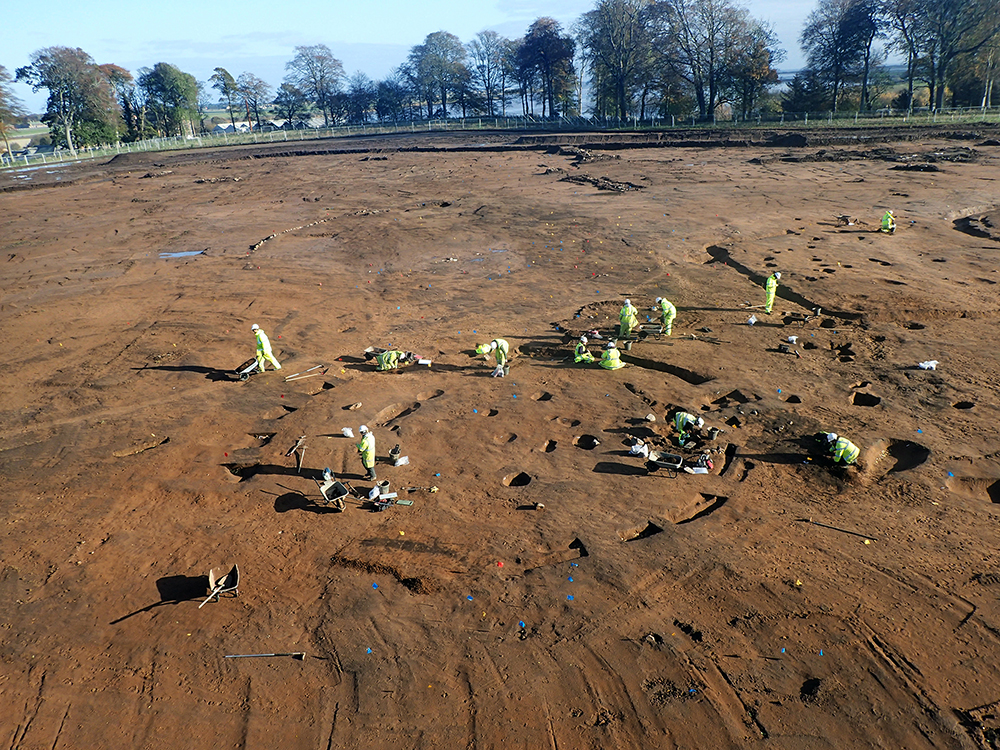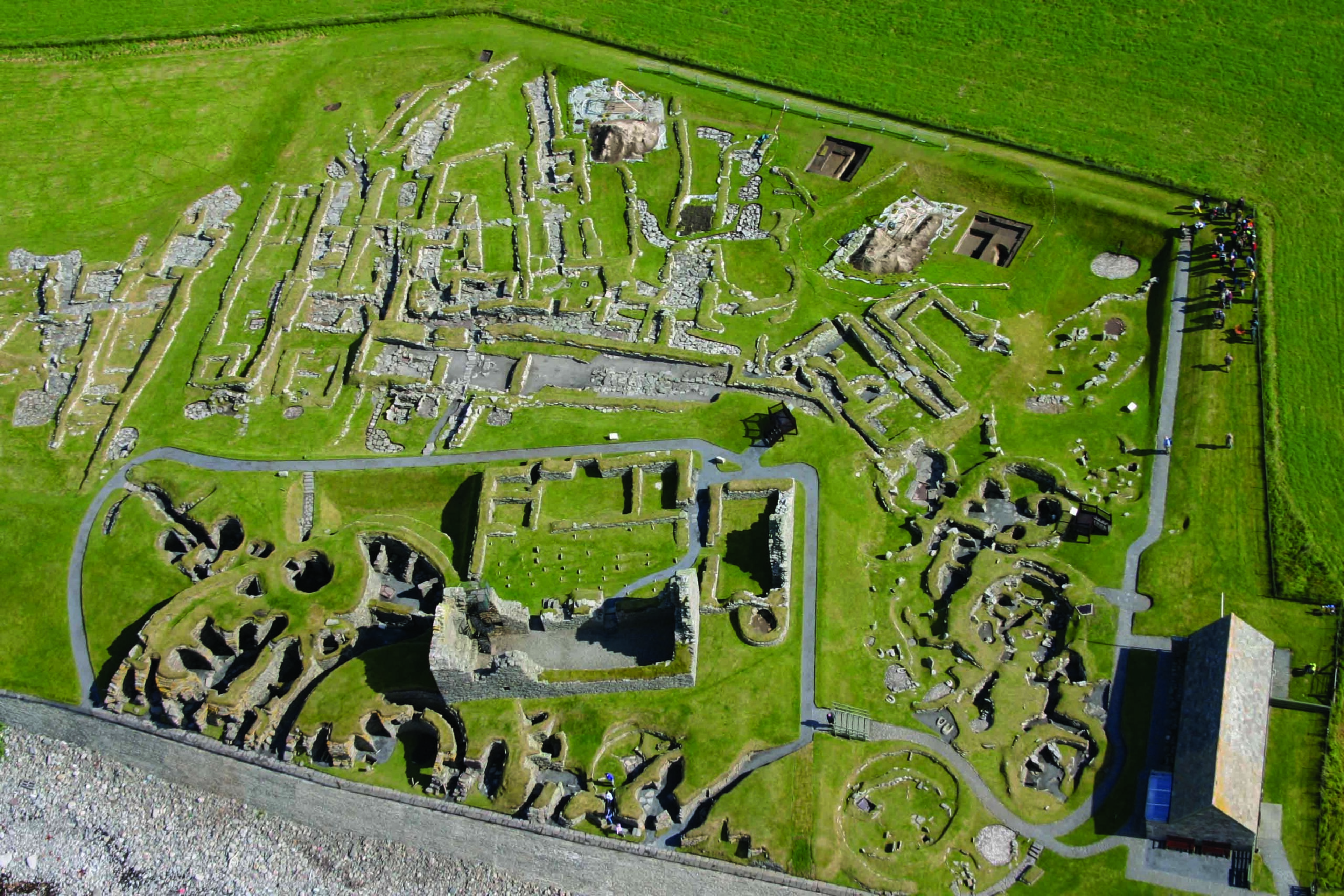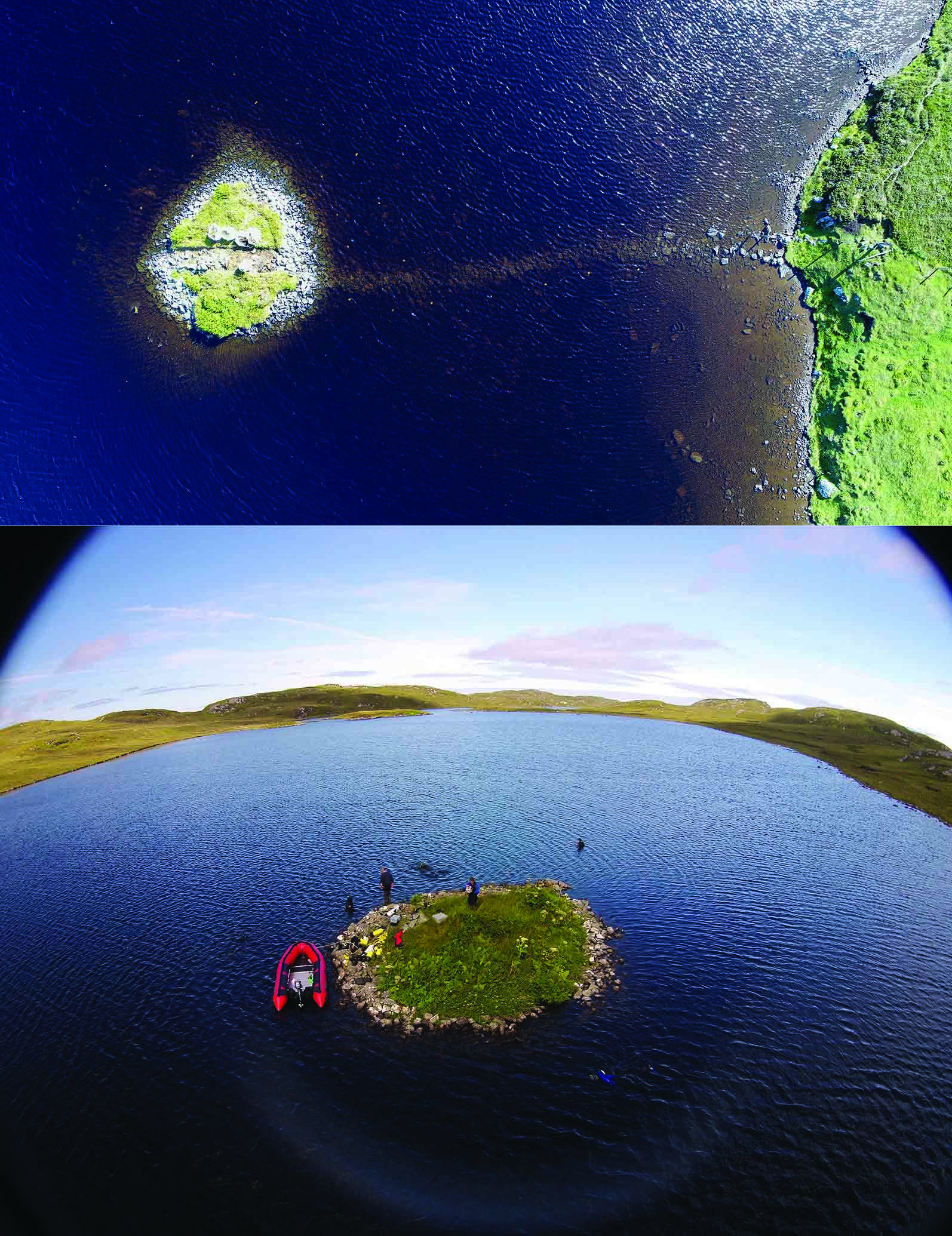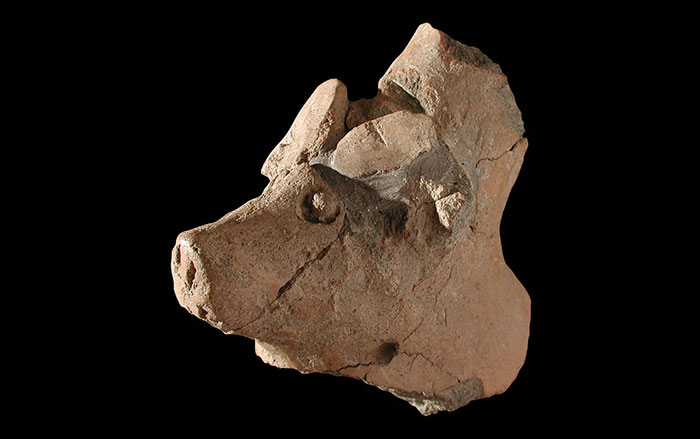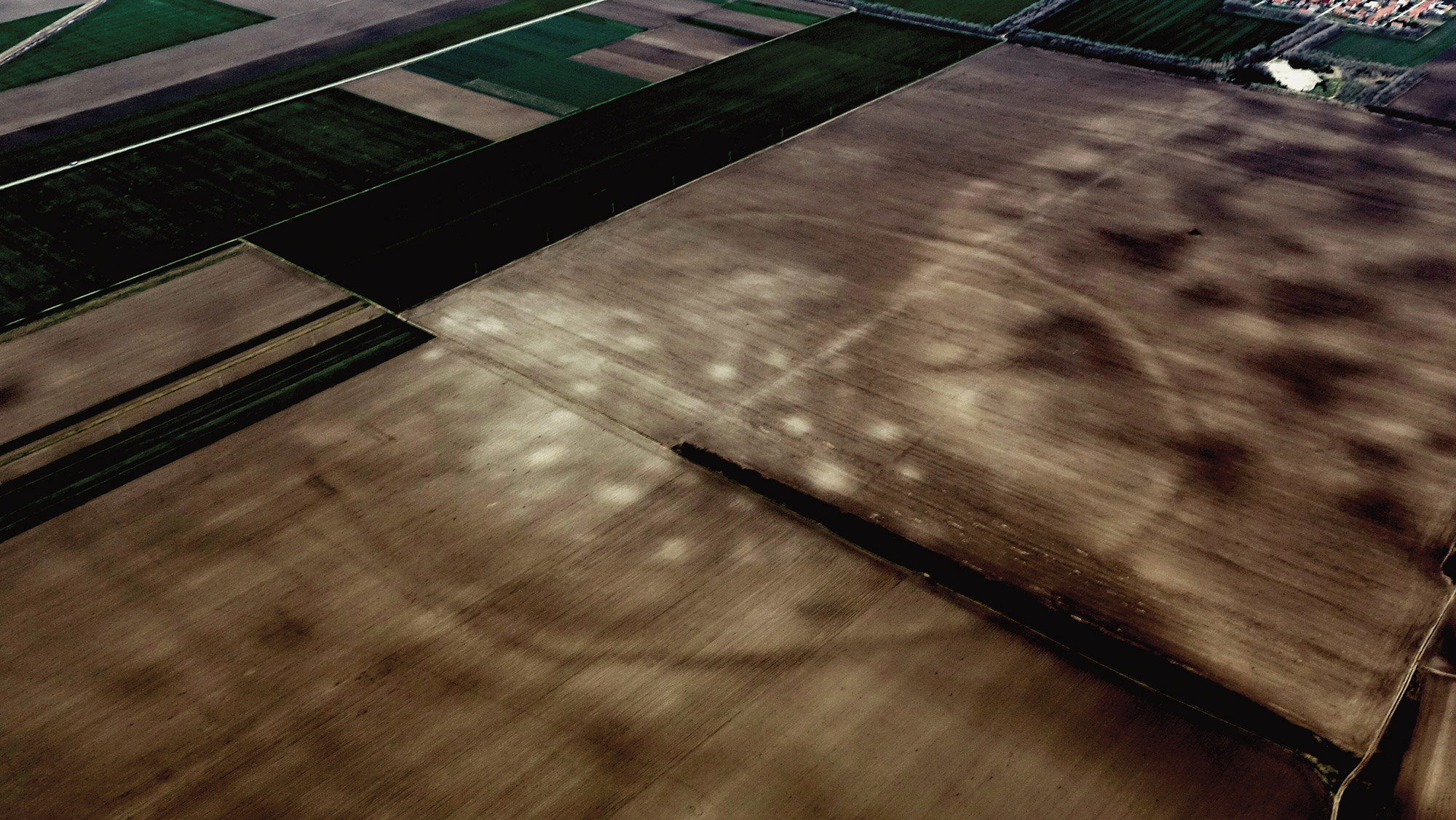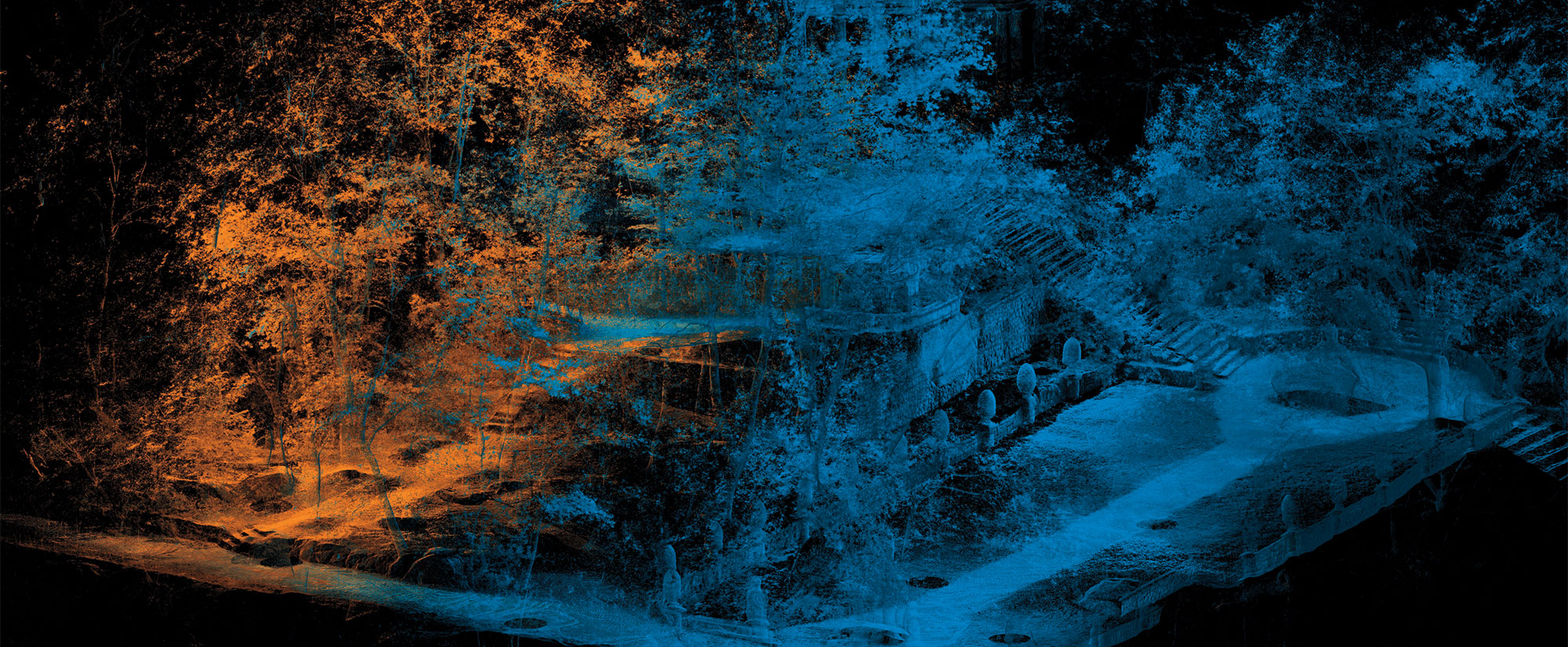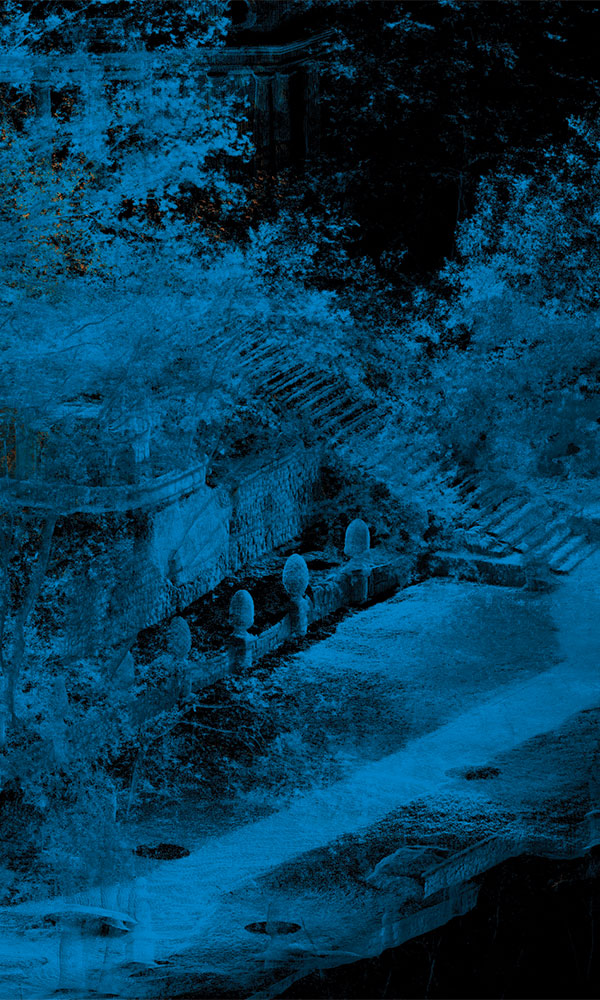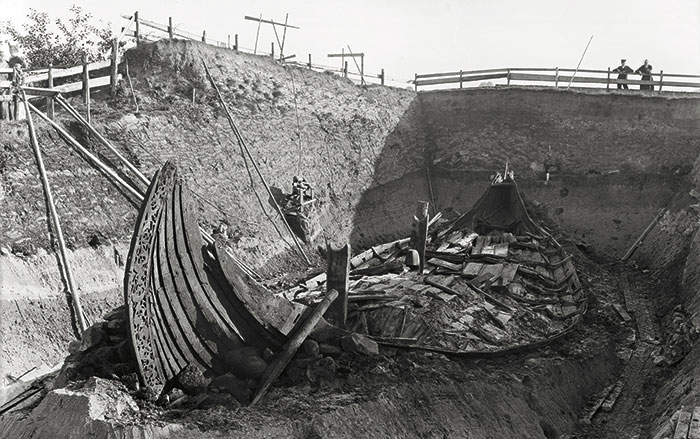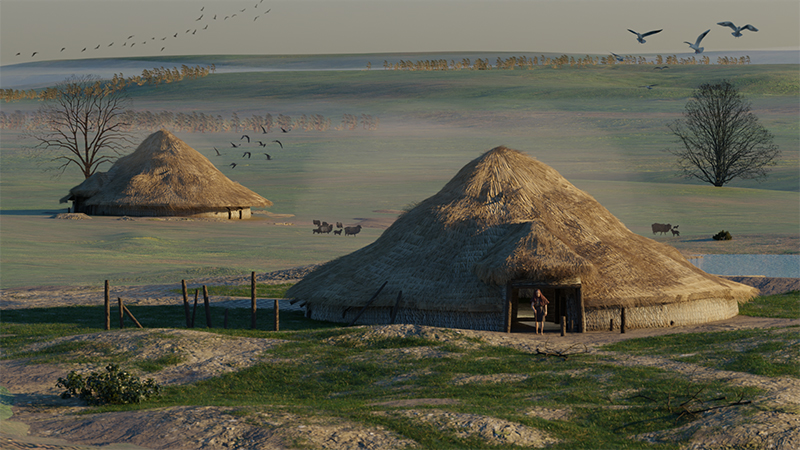
GUARDBRIDGE, SCOTLAND—The Herald Scotland reports that prior to the construction of a new housing development in Guardbridge, Fife, archaeological excavations uncovered traces of some 10,000 years of local history. The historic village takes its name from a sixteenth-century bridge that led pilgrims across the River Eden to St. Andrews, but a team from GUARD Archaeology recently unearthed evidence that the site was a hotspot of human occupation far earlier than that. During the Upper Paleolithic period, some of Scotland’s first inhabitants made flint tools at the site. Later, early Neolithic farmers left many pits across the area, which contained burnt cereal grains, saddle querns, and pottery. During the late Bronze Age, a fort was constructed nearby. The abundant remnants of roundhouses indicate that the site was intensely settled throughout that period and the subsequent Iron Age. Finds of spindle whorls and loom weights attest to the weaving of woolen cloth by the fort’s inhabitants, while fragments of shale bracelets suggest that individuals other than soldiers occupied the fortifications. While the site appears to have been abandoned towards the end of the Iron Age, corn-drying kilns found in a later level indicate that people reinhabited Guardbridge between a.d. 900 and 1300. “We really didn’t expect to find the whole prehistory of Fife in one field,” said Maureen Kilpatrick, who directed the excavations. Read the original scholarly article about this research in Archaeology Reports Online. To read about excavations of a ceremonial center on the Scottish archipelago of Orkney, go to "Neolithic Europe's Remote Heart."


